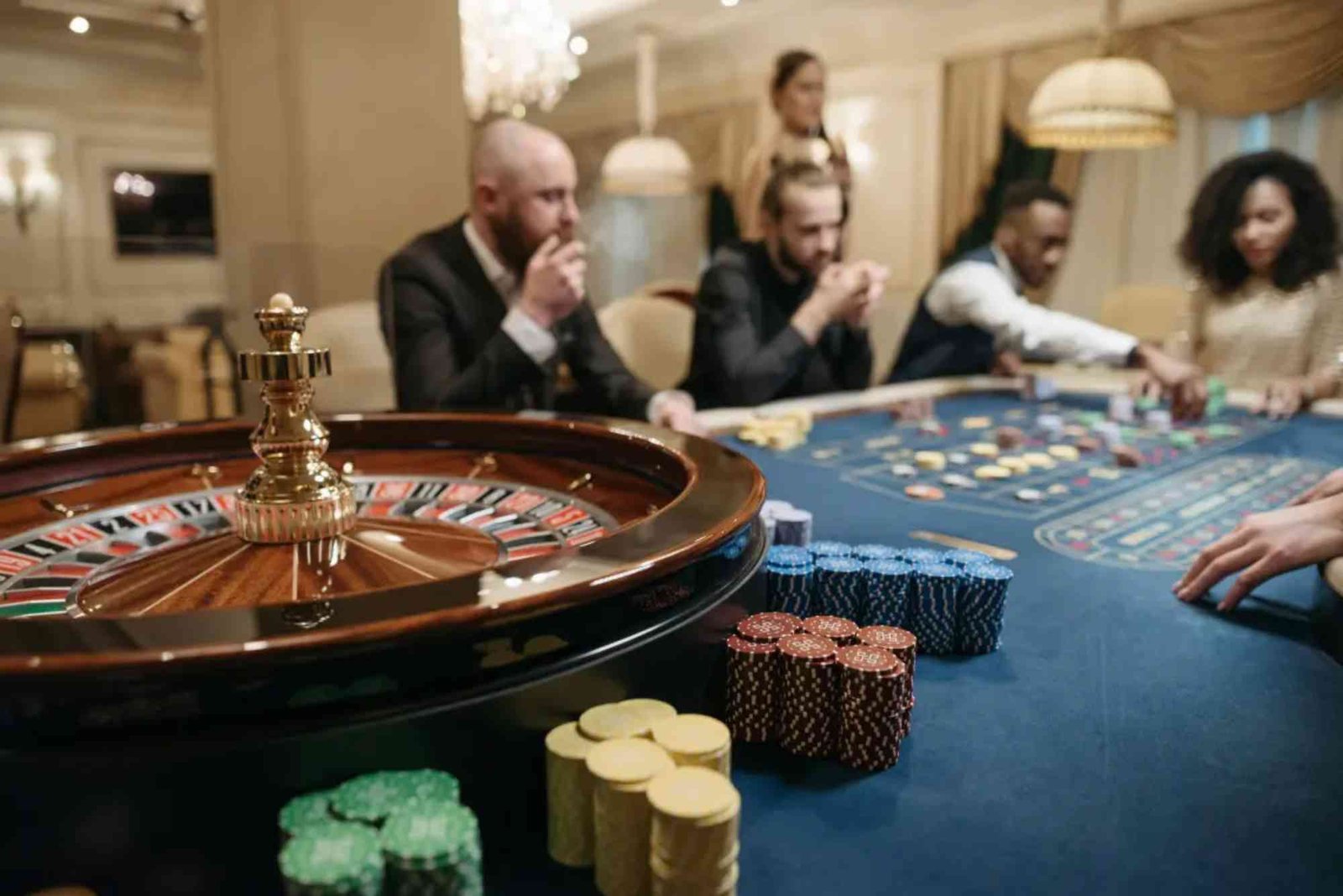One of the most misunderstood aspects of casino gaming is the payout percentage, often referred to as the return-to-player (RTP) rate. It’s a figure that can make or break your experience as a long-term player, yet many gamblers overlook its significance. Having spent years playing both online and offline, I’ve seen how payout percentages shape not only winnings but also the overall enjoyment of the game. If you want to play smarter, understanding this concept is essential.
Why Payout Percentages Matter More Than Luck
At first glance, casino gaming feels like pure luck. You place your bet, spin the wheel, or hit the slot button and wait to see the result. But behind the scenes, the math is relentless. Payout percentages represent the average amount a game is designed to return to players over time. A slot machine with a 96% RTP, for example, will theoretically return £96 for every £100 wagered. Of course, this doesn’t mean you’ll get £96 back on every £100 you spend. It’s an average spread across thousands, even millions, of spins.
For players who stick around for months or years, payout percentages gradually reveal their true influence. They are the invisible hand shaping your bankroll over time. This is also why some players turn to Casino Sites with Instant Payouts, where transparent terms and faster withdrawals can make the gaming experience feel more balanced and rewarding compared to sites that leave you waiting.
The Long-Term Reality Behind RTP
The key thing to remember is that RTP plays out in the long run. If you only play a few rounds, variance — the natural swings of winning and losing — can overshadow the math. But for regular players, the percentage becomes harder to escape. Games with lower RTP will consistently drain your balance faster, no matter how hot your streaks feel in the moment.
This explains why two players might start with the same deposit, yet one finds their balance lasting longer. A higher RTP game essentially stretches your playtime, giving you more opportunities to enjoy the entertainment and potentially hit a decent win.
House Edge and Its Direct Impact on Players
Behind every payout percentage is the house edge — the casino’s built-in advantage. If a slot game has a 95% RTP, the house edge is 5%. That’s the margin the casino expects to make from players in the long run. While a 5% cut may sound small, it adds up dramatically for frequent players.
The difference between a 95% and a 97% game can seem minor, but over thousands of spins, that 2% gap can save or cost you hundreds of pounds. Long-term players who pay attention to this edge are effectively giving themselves better odds of stretching their budgets and seeing more returns.
Volatility and Player Experience
While payout percentage is critical, it’s not the whole story. Volatility — how often and how much a game pays out — shapes the rhythm of play. A high-RTP slot with high volatility might mean long dry spells punctuated by occasional big wins. Conversely, a lower-volatility game may keep you entertained with smaller, more frequent payouts.
Long-term players must strike a balance between payout percentages and volatility. The right mix depends on whether you’re chasing big jackpots or simply looking for steady entertainment.
Real-Life Example: Two Slots, Two Experiences
I once compared two slots side by side. The first had an RTP of 95% with medium volatility, while the second boasted a 97.5% RTP but was highly volatile. Over several sessions, the first slot gave me longer playtime and steadier outcomes, though nothing spectacular. The second slot drained my balance quickly on some days, but occasionally produced significant wins that boosted my bankroll.
The takeaway? Higher payout percentages tilt the odds in your favor, but volatility determines how those odds feel in real play. As a long-term player, being mindful of both can help set realistic expectations.
Why RTP Awareness Reduces Frustration
Many players blame “bad luck” when they lose repeatedly, but often the real issue is playing games with low payout percentages. Without understanding RTP, players can easily fall into the trap of thinking the casino is unfair. The truth is, the math is clear — and the casino is always fair to itself.
Awareness helps reduce frustration. If you know a slot’s RTP is 92%, you understand the risk you’re taking. That knowledge allows you to adjust your bankroll management, bet sizes, and session lengths to make the most of your play.
The Psychology of Payout Percentages
Interestingly, payout percentages also influence how players feel about their sessions. Higher RTP games tend to give players more frequent “near-misses” or small wins that keep the adrenaline flowing. Lower RTP games can feel punishing, leading to quicker burnout.
For long-term players, the psychological side is as important as the mathematical. Playing smarter means choosing games that not only stretch your money but also keep the experience enjoyable enough to come back to.
Final Thoughts
Casino payout percentages aren’t just numbers buried in the game description — they are the heartbeat of long-term play. They dictate how much of your money you’re likely to see again, shape your experience through volatility, and influence how long your bankroll lasts. For casual players, RTP may not matter much, but for anyone who plays consistently, it’s one of the most important factors to understand.
While instant wins are never guaranteed, focusing on higher payout games and reliable platforms can give you a fairer shot at long-term enjoyment. At the end of the day, casinos will always hold the edge, but knowing how payout percentages work allows you to play with clearer expectations, smarter strategies, and far less frustration.



